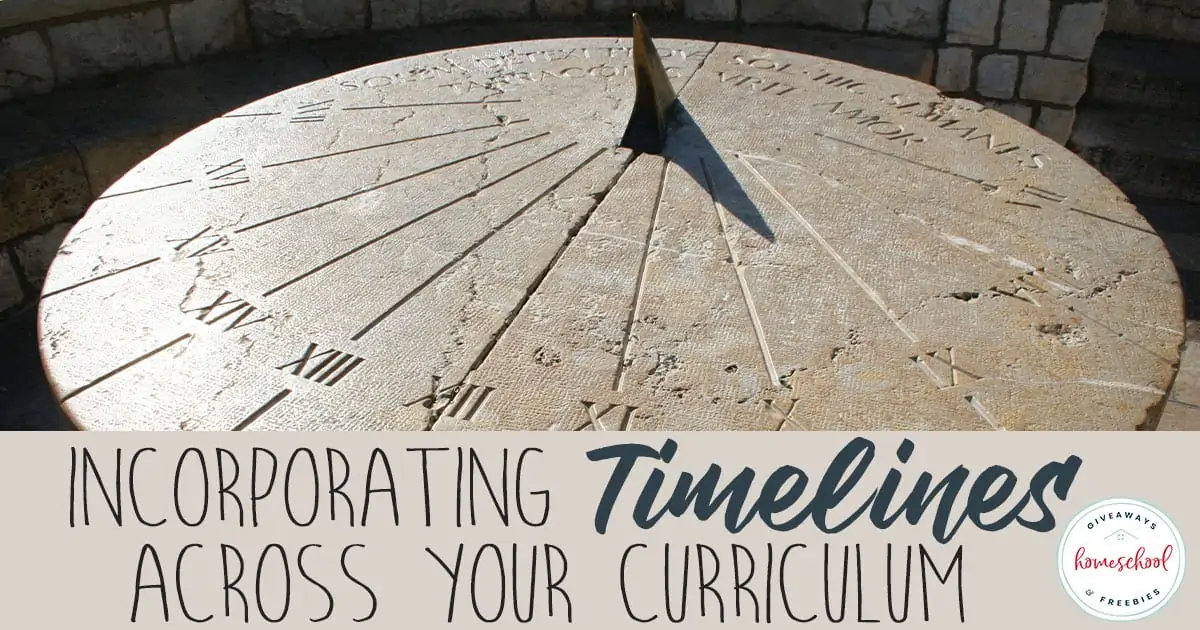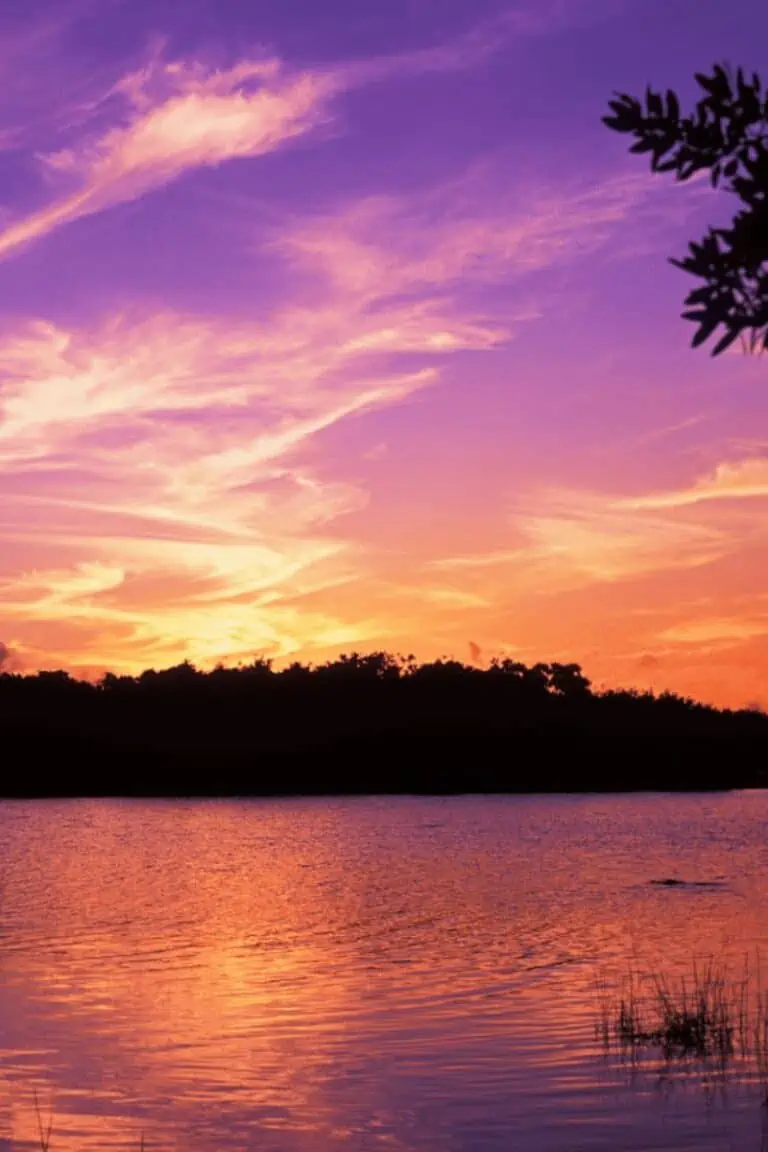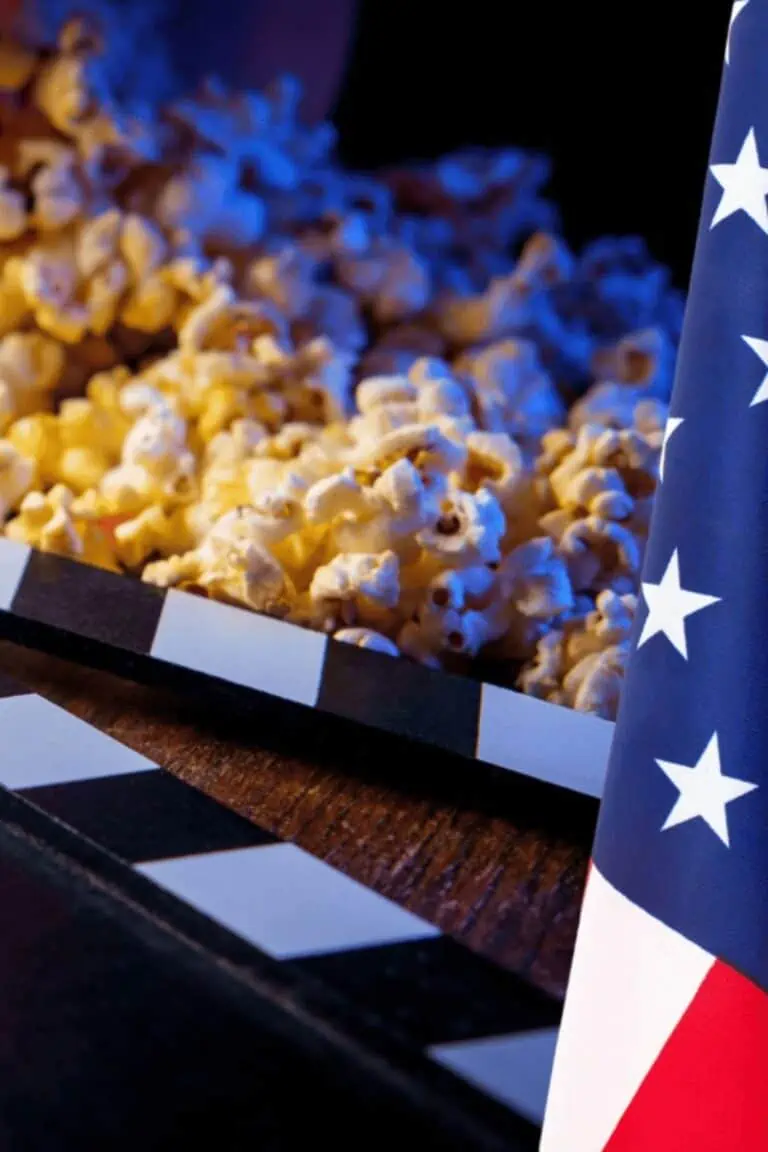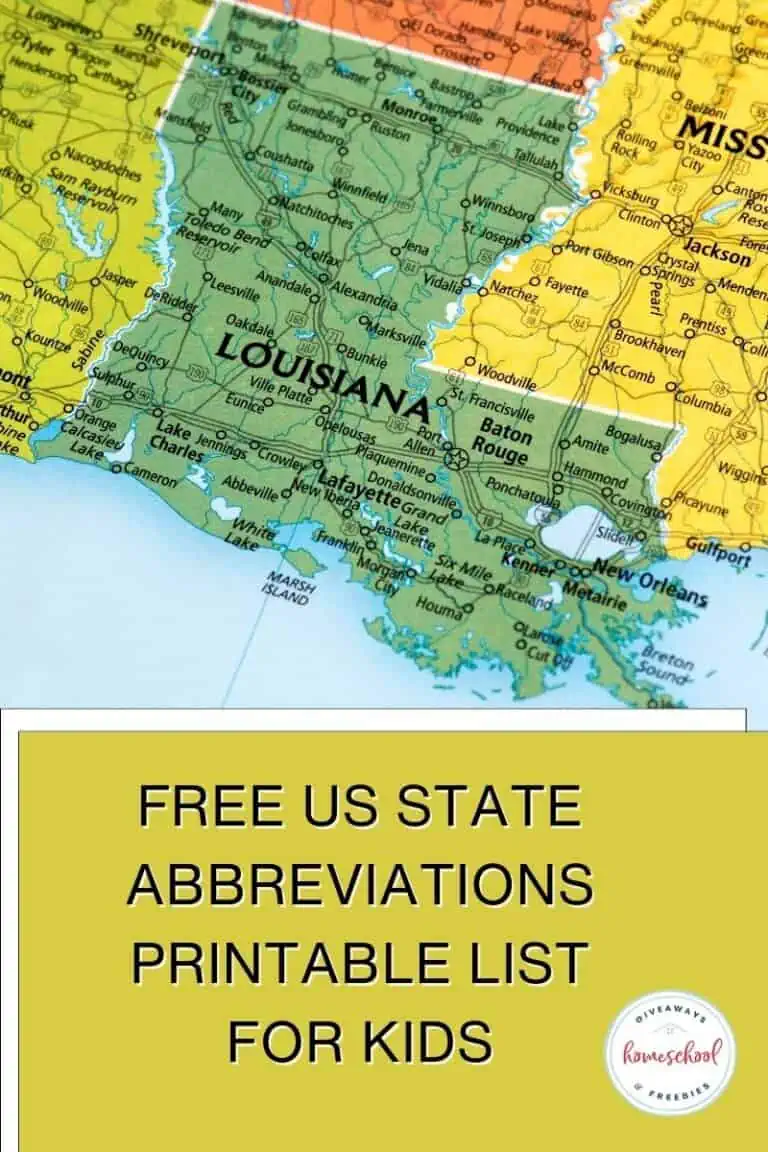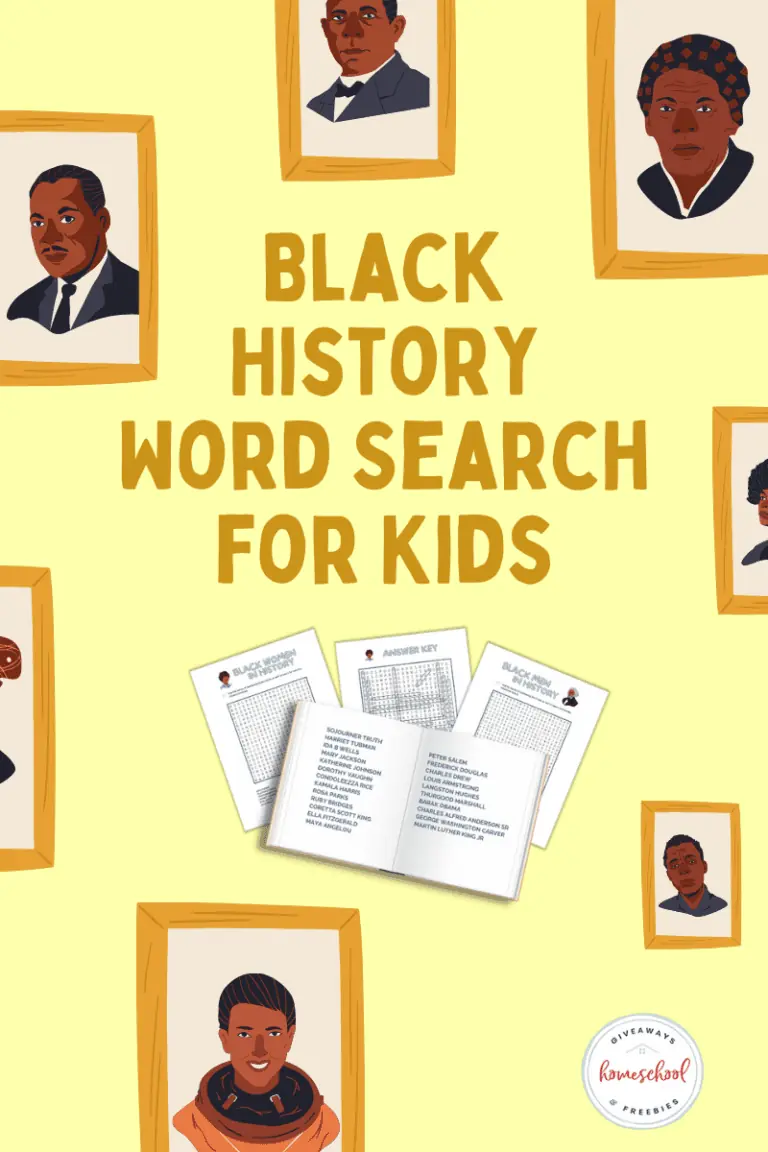Incorporating Timelines Across Your Curriculum
Published:
September 19, 2019
Contributor:
Jeannette Tuionetoa
Disclosure: This post may contain affiliate links, meaning if you decide to make a purchase via my links, I may earn a commission at no additional cost to you. See my disclosure for more info.
What is life but a series of events that happen within a time period? We capture our lives with pictures nowadays. With captions on photos or timestamps in a photo online, we can track events that happen our lifetime. When it comes to history, we can’t quite capture everything the way we can do it today.
Incorporating timelines across your curriculum can help capture facts and events the way selfies can capture current day events.
Using timelines across your curriculum can help your children recall what they have learned as well as remember essential people and important events in history. In addition to the academic aspect, timelines appeal to kids with different learning styles like visual learners, hands-on learners, book lovers, big-picture minds, and detail-oriented kids.
A simple group of lines and images on a paper can make useful or memorable connections and can paint a picture for your students. Timelines are fun activities that contain a wealth of knowledge. Just in one timeline, kids can connect different facts that help them easily remember events.
My very favorite way to use timelines is to incorporate them into our family Bible study time. Even adults, without genuinely studying the Bible and events, see the Bible as confusing and not making complete sense. This is true particularly in the area of how the Bible should flow chronologically.
There are amazing overlaps to be seen on a timeline that aren’t so clear when solely reading the Bible straight through. For instance, Methuselah, the man who lived the longest in the Bible, died the year of the Flood. Noah’s son Shem, was still alive when Abraham was born – perhaps Abraham learned the history of the world from Shem?
With incorporating timelines when teaching the Bible, your kids can also learn other cool facts:
- Who do you think came first, Esther or Daniel? Even though the Book of Esther comes before the Book of Daniel, Esther lived nearly a century after Daniel, towards the end of the captivity.
These types of facts that our students (and we) can see on a timeline boggle my mind. Better yet, they solidify in our minds that the Bible isn’t just a group of stories. The Bible content is factual, undeniably true.
I love knowing these facts that are easily seen on a timeline. The benefits of using a timeline in your homeschool don’t stop at the Bible.
Incorporating timelines across your curriculum is just as useful in helping students build on their knowledge and make connections of the world around them.
Here are a few cool facts kids can learn by incorporating timelines across subjects.
Cool history and Bible fact your student can see on a timeline:
The Colosseum in Rome, Italy, was unveiled in 80 A.D., around the same time the Gospel Of Luke and the Acts Of The Apostles in the bible were written.
Cool math fact your student can see on a timeline:
Harvard University didn’t offer calculus classes for the first few years after the school was established… because calculus hadn’t been invented yet.
Cool art history facts your student can see on a timeline:
The Eiffel Tower was inaugurated in 1889 for The World’s Fair, which was the same year Van Gogh’s ‘Starry Night’ was painted.
The Greek poet Homer lived during the same century as King Solomon.
Daniel the Prophet lived during the same time as Chinese philosopher Confucius.
Cool history and sports fact your student can see on a timeline:
The Ottoman Empire existed the second to last time the Chicago Cubs won the World Series (1908).
Cool history and electives/geography facts your student can see on a timeline:
Abraham Lincoln was assassinated on April 15, 1865, just a few months before the Secret Service was created.
The Magna Carta was signed in 1215, the same year Beijing was captured and burned by the Mongols under the direction of Genghis Khan.
In 1642, explorer Abel Janszoon Tasman became the first European to reach the island of Tasmania off the coast of Australia. It’s the same year Sir Isaac Newton was born.
I will stop here; I get carried away with the interesting things we can learn from using a timeline. Learning the “selfies” of history across subjects can be quite fun for kids.
Timelines aren’t just another lesson to teach our kids in our homeschool. That is what traditional schools do. Kids typically learn how to write a timeline and how to use a timeline but forget that the learning doesn’t stop at knowing what a timeline is.
We can incorporate timelines across curriculum for our students to grasp the whole picture of a time period. Instead of learning bits and pieces, kids learn how they all can fit together.
If you are thinking of incorporating timelines across your curriculum this homeschool year, grab some FREE downloads and other resources to give you a great start:
FREE Prophets of the Old Testament Timeline Notebooking Journal
Ultimate List of Timeline Printables and Resources
FREE History of Wars Cheat Sheets
History Timelines from Write Bonnie Rose
America’s Best History Timeline
My Problem with Timelines from Homeschool Compass
Bible-Based Timeline from Torchlighters
Different timelines you can use in your homeschool from The Homeschool Mom
Don’t miss out on this Ultimate Geography and Timeline Guide:
Ever heard of History Through the Ages?
Incorporating timelines across your curriculum provides a visual tool kids can use for studying a brief period. Kids can use timelines to study a day, a year, an individual/historical figure’s life, or even when studying a specific topic across the centuries.
Timelines allow kids to use visual, mathematic, and kinesthetic aptitudes that aren’t practiced with solely reading of texts.
I hope some of the resources above can help you to see just how useful and valuable incorporating timelines across your curriculum can be in your homeschool. Just one warning – reading and researching cool facts on a timeline will be fun for you as well!
Are you ready to learn historical connections we never knew existed before? Even moms will find it pretty awesome.


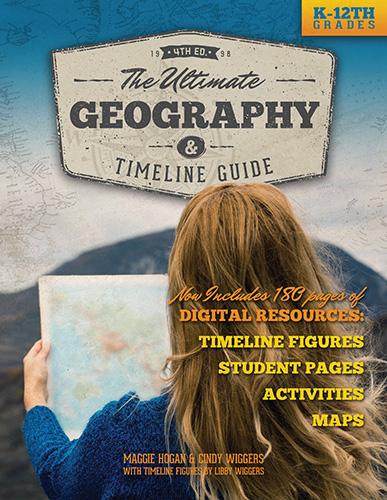
.jpg)
